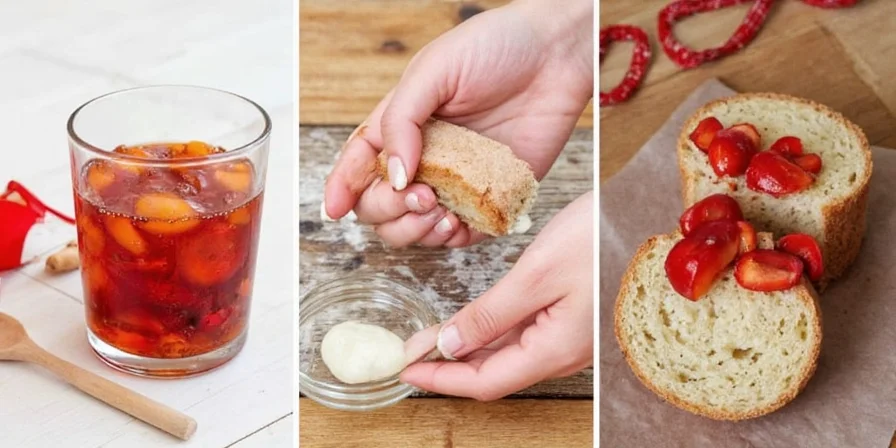
Table of Contents
- What Exactly is Jalapeño Pepper Powder?
- Hack #1: Boost Flavor Without the Moisture
- Hack #2: Use It as a Rub for Grilled Meats
- Hack #3: Elevate Your Snack Game
- Hack #4: Add Heat to Baked Goods (Yes, Really!)
- Hack #5: Substitute Fresh Chilies with Ease
- Hack #6: Make Your Own Custom Spice Blends
- Hack #7: Extend Shelf Life Like a Pro
- Deep Dive: Cultural Evolution of Jalapeño Powder
- Final Thoughts: Ready to Go Peppery?
What Exactly is Jalapeño Pepper Powder?
Jalapeño pepper powder is the condensed essence of culinary versatility—transforming fresh peppers' bright heat into a shelf-stable powerhouse. Created by dehydrating and milling ripe jalapeños, this ingredient delivers consistent medium heat (2,500–8,000 Scoville units) without the moisture complications of fresh chilies. It's the strategic secret for home cooks seeking controlled spice infusion across diverse dishes.

Unlike fresh peppers with variable heat levels, powder provides precise flavor calibration. This makes it indispensable for recipes demanding exact spice measurements—from Tex-Mex staples to unexpected sweet applications—while eliminating seed-removal hassles.
Hack #1: Boost Flavor Without the Moisture
Eliminate texture compromises when adding heat to moisture-sensitive dishes. Powder integrates seamlessly where fresh peppers would introduce unwanted water content:
- Strengthen dry rubs for chicken or steak without clumping
- Infuse burger patties with deep pepper flavor during mixing
- Create ultra-crisp roasted potatoes by seasoning pre-baking
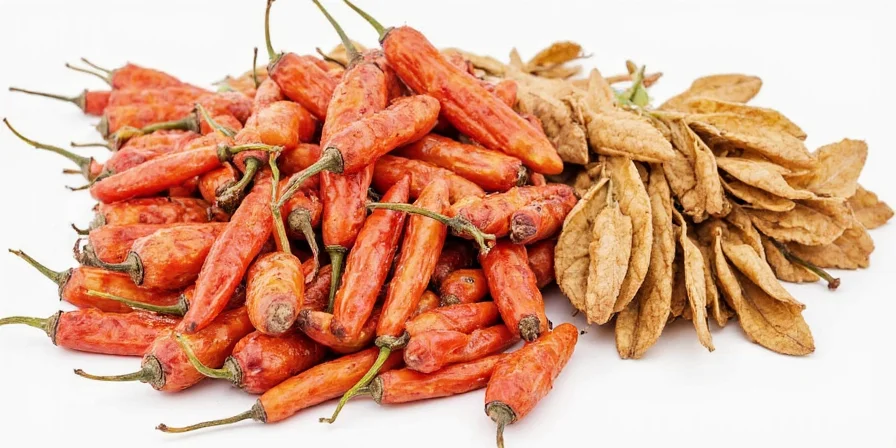
Hack #2: Use It as a Rub for Grilled Meats
Elevate grilled proteins with a balanced spice crust that caramelizes beautifully. Jalapeño powder's medium heat pairs perfectly with foundational BBQ spices:
| Ingredient | Quantity |
|---|---|
| Jalapeño Pepper Powder | 1 tbsp |
| Paprika | 1 tbsp |
| Cumin | 1 tsp |
| Brown Sugar | 1 tsp |
| Garlic Powder | ½ tsp |
Hack #3: Elevate Your Snack Game
Transform ordinary snacks into crave-worthy experiences with targeted heat application:
- Sprinkle over popcorn immediately after buttering for even distribution
- Blend into nut mixes pre-roasting for caramelized spice coating
- Dust tortilla chips before guacamole dipping to intensify flavor layers
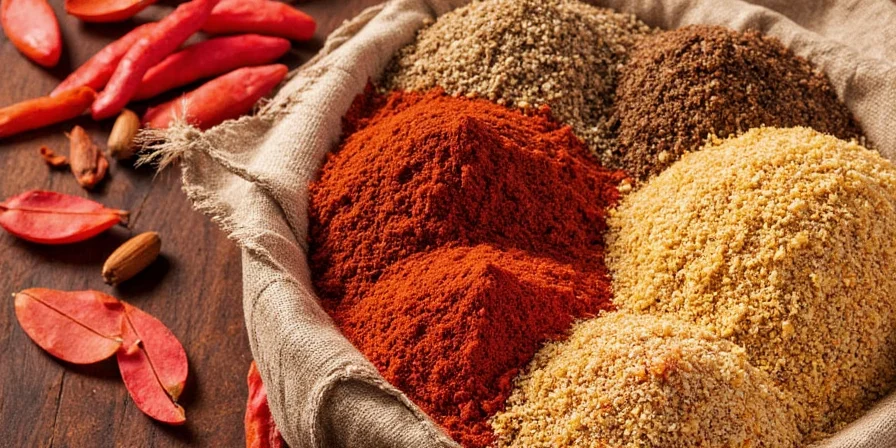
Hack #4: Add Heat to Baked Goods (Yes, Really!)
Unlock flavor complexity in sweet applications where heat creates surprising depth. The capsaicin in jalapeño powder interacts with sugars to enhance perceived sweetness:
- Mix ½ tsp into cornbread batter for authentic Southern piquancy
- Add ¼ tsp to brownie batter for chocolate-heat synergy
- Combine with cinnamon in shortbread cookies for sophisticated contrast
Hack #5: Substitute Fresh Chilies with Ease
Replace unpredictable fresh peppers with precise powder measurements. This ratio solves common kitchen frustrations:
"1 teaspoon jalapeño powder = 1 medium fresh jalapeño (seeds removed)"
Adjust down to ½ tsp for milder heat or up to 1½ tsp for extra kick—no chopping, seeding, or inconsistent batches.
Hack #6: Make Your Own Custom Spice Blends
Build signature blends with powder as your heat foundation. This taco seasoning avoids commercial fillers:
| Ingredient | Quantity |
|---|---|
| Jalapeño Pepper Powder | 1 tbsp |
| Cumin | 1 tsp |
| Oregano | 1 tsp |
| Garlic Powder | 1 tsp |
| Onion Powder | 1 tsp |
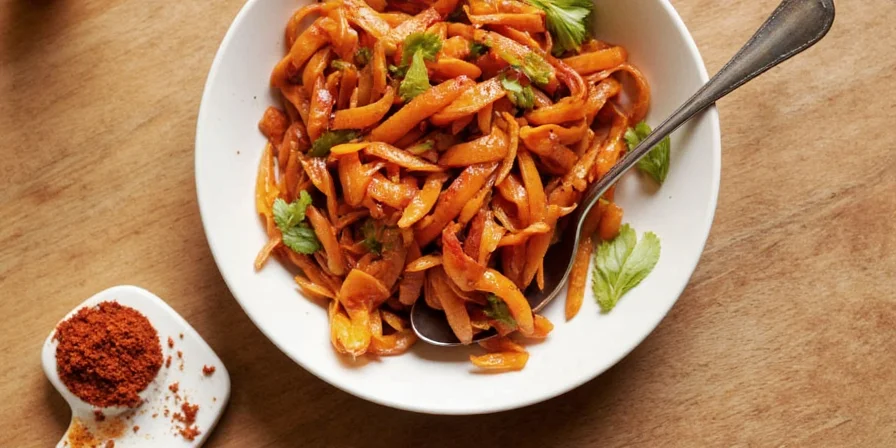
Hack #7: Extend Shelf Life Like a Pro
Maximize potency retention through strategic storage. Oxygen and light degrade capsaicin fastest—combat this with:
- Amber glass jars to block UV rays
- Oxygen absorbers in storage containers
- Freezing for long-term preservation (up to 3 years)
Deep Dive: Cultural Evolution of Jalapeño Powder
While fresh jalapeños dominate Mexican street food, powder emerged from practical necessity in 19th-century Oaxacan kitchens. When fresh peppers spoiled during rainy seasons, cooks discovered sun-dried peppers ground into powder preserved flavor through winter months. Modern commercial production maintains this tradition but adds precision:
- Harvest Timing: Peppers picked at first red streaks for balanced heat/sweetness
- Dehydration Science: 140°F airflow preserves capsaicinoids better than sun-drying
- Particle Engineering: 200-micron grind maximizes surface area for flavor release
This heritage explains why artisanal powders taste brighter than mass-produced versions—they retain subtle grassy notes lost in high-heat processing. For authentic flavor, seek small-batch producers using traditional slow-drying methods.
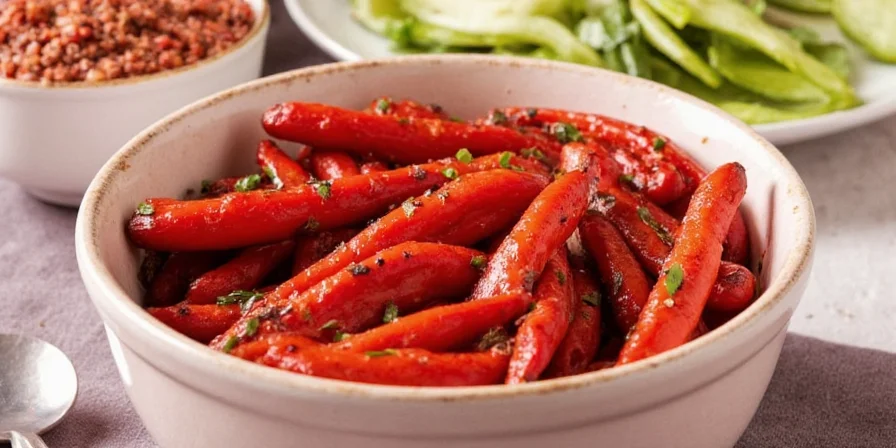
Final Thoughts: Ready to Go Peppery?
Jalapeño powder solves the core dilemma of home cooking: achieving restaurant-quality spice control with pantry staples. Its moisture-free consistency, shelf stability, and precise heat measurement make it the silent partner in dishes where fresh peppers fall short. Whether reviving leftovers or elevating weeknight dinners, this powder transforms 'meh' into memorable with a single shake.
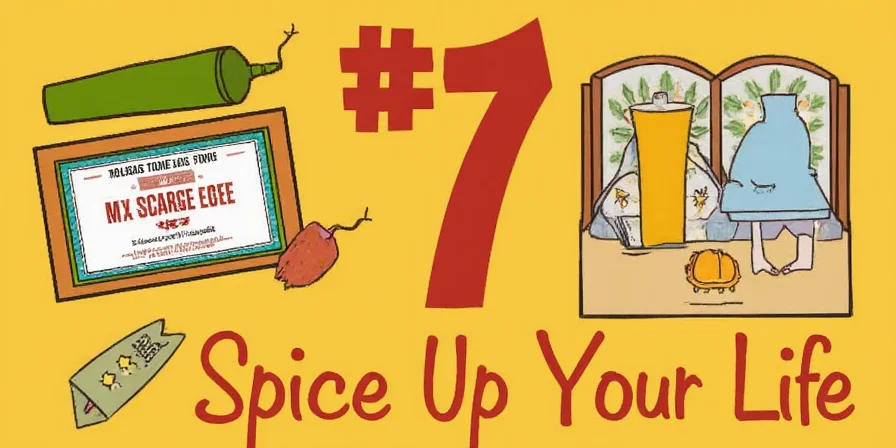

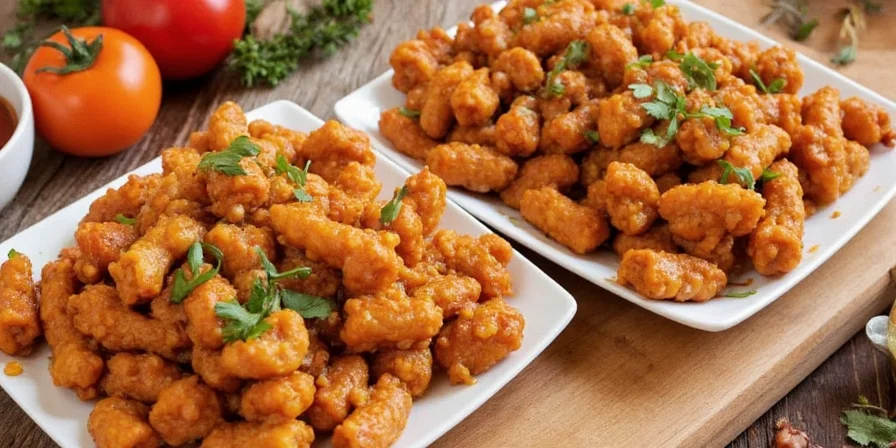









 浙公网安备
33010002000092号
浙公网安备
33010002000092号 浙B2-20120091-4
浙B2-20120091-4